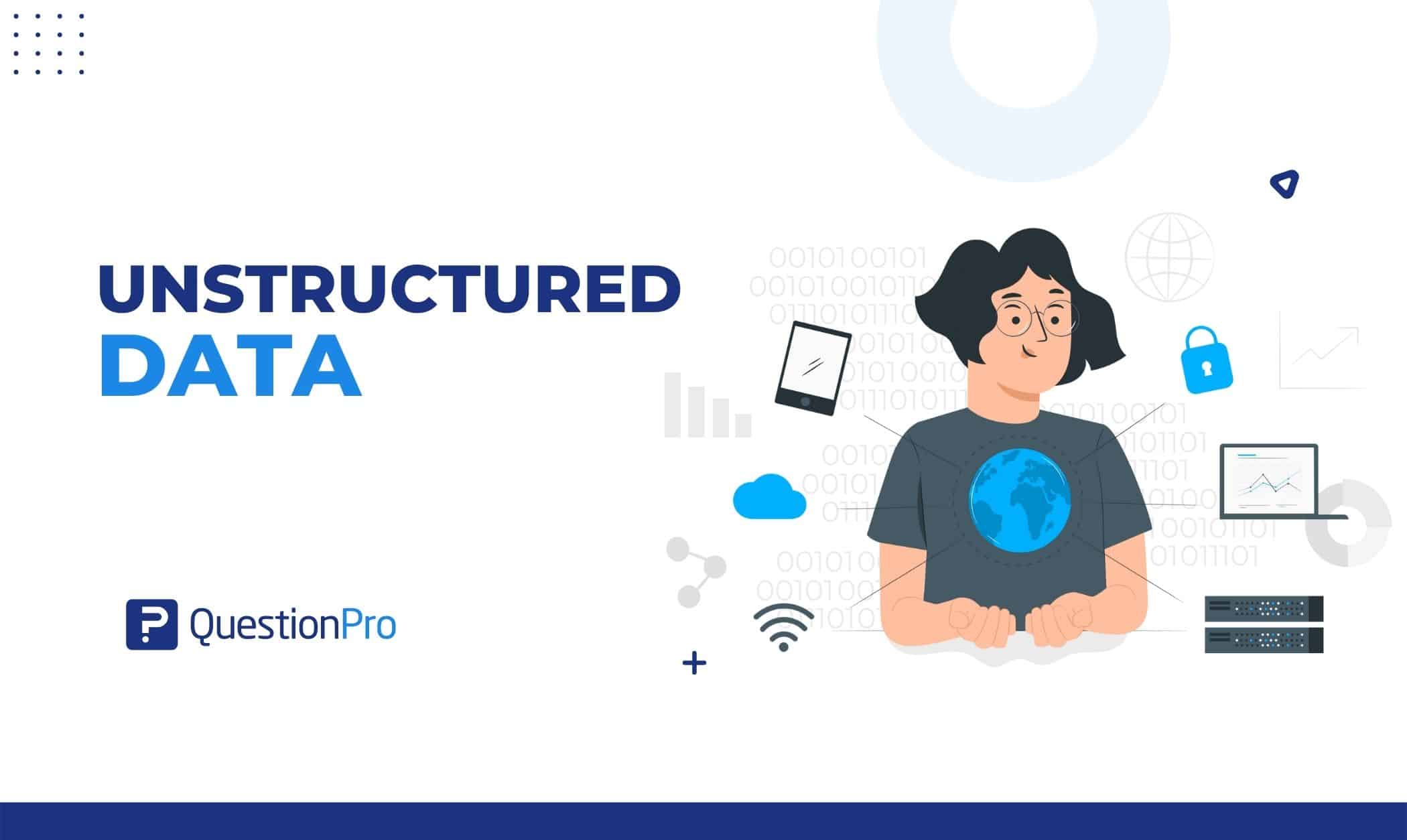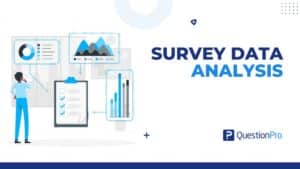
Unstructured data is the most common type in today’s big data world. There is a lot of helpful information in this type of data store that can be used to help make business decisions. Artificial intelligence (AI) and machine learning are being used to create new software solutions that filter massive amounts of data in search of helpful business insights.
Most of the information created and gathered by businesses is unstructured, and its volume rapidly expands. In this article, we will define unstructured data, discuss its different kinds, and discuss the uses it has in various fields.
What is unstructured data?
Unstructured data is complex for a computer program to use because it lacks a clear framework. It does not comply with a data model and does not have a structure to recognize. Most of these types of data consist of text, but it may also include other kinds of information such as dates, numbers, and facts.
The following is a list of characteristics of data:
- Data is unstructured and does not follow a data model.
- Data does not have a clearly defined structure.
- Data does not follow a specific format or order.
- The lack of a recognizable structure makes it difficult for computer programs to use.
- Data cannot be kept in rows and columns as in databases.
It is expanding swiftly due to more people using digital services and applications. Structured data is crucial, but if unstructured data is evaluated correctly, it can be much more beneficial to businesses. It can offer a variety of insights that figures and statistics cannot convey. Let’s explore some examples of its types.
Types of unstructured data
Unstructured data includes various formats and sources, such as legal papers, audio, conversations, video, photos, text on a website, and many others. Below you will find some examples of some of the most common types of it.
-
Emails
There is a ton of unstructured data produced every day by the numerous emails we send, and traditional analytics tools cannot parse it. However, the metadata of an email provides it with some structure, and certain text analysis algorithms may retrieve important information from thousands of emails in a matter of seconds.
-
Social Media
The data collected from social networking platforms is unstructured. But like emails, it can be set up in specific ways. An excellent example of this would be hashtags.
Users can utilize hashtags to find topics that interest them. However, hashtags’ messages are unstructured.
-
Survey Responses
Market research, employee engagement, and customer experience questionnaires often feature multiple-choice and open-ended questions. These questions require unstructured text responses.
-
Publications
Unstructured data is published in many forms by publications, directories, and portals. Content examples include news articles, job postings, movie reviews, real estate listings, restaurant reviews, resume databases, requests for proposals, and so on. Data in text or images are included in each of them.
-
Communications Data
These days, there are many ways to have meaningful conversations with others, both professionally and personally. Imagine a business whose employees frequently engage in conversations with customers and vendors across various channels, generating unstructured audio, image, and text data.
-
Multimedia Files
Multimedia files are still unstructured since we are unsure of what the image, music, or video actually represents, even though they may be labeled with titles or subjects and saved in databases like MP3, JPG, PNG, GIF, etc.
-
Documents
Assessments, legal papers, and slideshows for businesses are frequently written by hand, published on the internet, or saved as PDFs. These files may also include spreadsheets, pictures, or XML files. Even while text files may be written in a standard manner, the data is not arranged in a way that makes it possible to perform analysis without sophisticated AI technologies.
-
Webpages
Unstructured data is produced at an exponential rate over the considerable internet. Text, photos, audio, video, and other types of material can all be found on web pages.
Uses of unstructured data
Unstructured data is inherently incompatible with transaction processing programs; Analytics and BI are its main uses.
Retailers, manufacturers analyze these data types, and other businesses to enhance customer experience and enable effective advertisements. Additionally, they analyze customer feedback to learn how they feel about a company’s products, services, and brands through the lens of sentiment analysis.
One of the emerging use cases for analytics with unstructured data is predictive maintenance. For example, producers can examine sensor data to detect equipment problems in production systems or final products in the field.
Analyzing IT system log data reveals utilization trends, capacity restrictions, and causes of application problems, system breakdowns, and performance bottlenecks. Additionally, huge unstructured datasets can be utilized for the following:
- Examining messages for compliance with regulations.
- Monitoring and evaluating customer interactions and comments on social media.
- Gaining trustworthy information about general client preferences and behavior.
Unstructured data challenges
The availability and application of unstructured data for analytical, regulatory, and decision-making needs drive the requirement to search for and carefully examine this data. The following are some challenges that can arise while working with unstructured data:
- Long wait for new and changed data: It takes a very long time to parse whole storage filesystems and process daily changes on large volumes of hundreds of millions or even billions of unstructured files.
- Difficult to find high-quality data: When it comes to quality, unstructured data can be pretty inconsistent. Because data is hard to verify and thus not always correct, there is a lack of consistency in quality.
- Data management is difficult: This data is in its raw form and has not been structured in any way. Finding reliable data can be challenging. Additionally, finding relevant data and indexing is complex tasks.
LEARN ABOUT: Data Management Framework
- Inadequate storage: Legacy backup limits drive enterprises to build expensive replications that “attach” data to one storage provider and brand.
- Inaccessible data: Non-scalable backup software can’t transmit critical data rapidly and securely between storage. This makes data migration from old to new storage difficult.
Conclusion
Unstructured data can appear overwhelming due to its disorganization and a large volume of information. However, it can be simply handled, and a variety of data may be acquired using artificial intelligence.
Recognize your rivals and customers better. Take charge of and manage your unstructured data for insights that can be used immediately. Machine learning-based analysis software enables you to dive deeply into big data’s unstructured data to observe the large picture or do fine-grained studies.
QuestionPro offers solutions for every issue and industry, making it far more than just survey software. For handling data, we also have systems like our InsightsHub research library.
Organizations worldwide use knowledge management systems and solutions like InsightsHub to manage data better, minimize the time it takes to gain insights, and boost the use of historical data while saving costs and enhancing ROI. Try QuestionPro Now!







